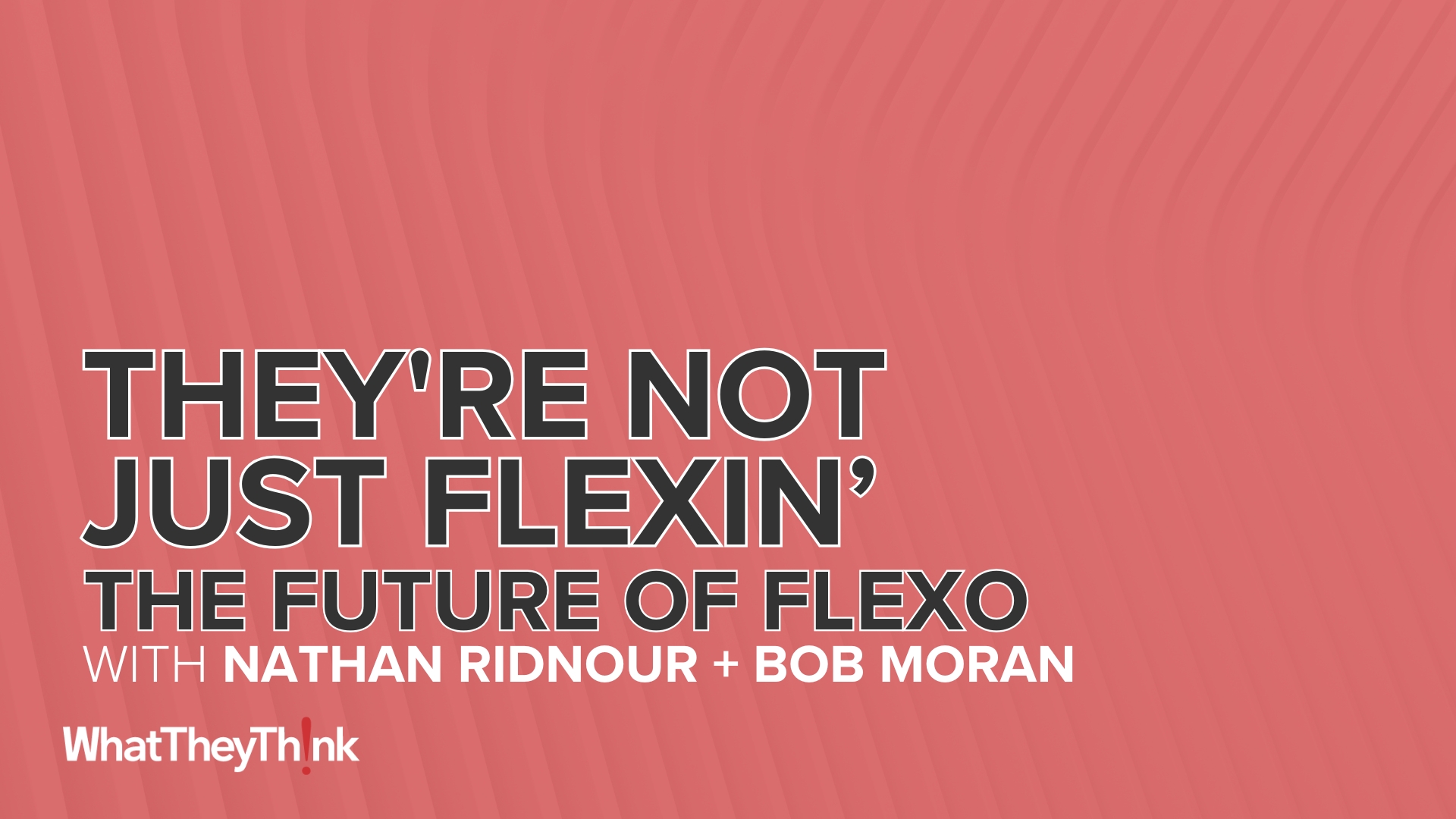Back in the late 1990s, when I was with Micro Publishing News and Digital Imaging magazines, I got to experience the takeoff and growth of wide-format graphics firsthand. Our magazine(s) used to hold an annual digital art contest, sponsored by some of the leading vendors at the time, and got to see cutting-edge artwork. (I also got to meet Graham Nash, who was one of our judges.) It was around 1998 or 1999 when the first wide-format aimed at end users-rather than print providers and sign shops-started appearing, and we got to review some of the early models, which was not a task for the small of office. I have always had a warm place in my heart for wide-format graphics (I also learned at the time that carrying a giant, foamcore-mounted magazine cover on an airplane is not for the faint of heart, even though, in the event of a water landing, it could probably be used as a flotation device.)
I mention all of this because 10 years later, the wide-format market has changed is complexion a tad, there has been some churn and turnover in some of the manufacturers, but it is no less exciting. New substrates, ink formulations, as well as improved printing speeds and overall print quality, have made wide-format graphics one of the consistent bright spots of the printing industry.
I recently completed a special report for WhatTheyThink called Wide-Format Printing: The Competitive Landscape, a series of specification tables for the vast majority of the current wide-format printer offerings. The idea was to give printers, end users, and other prospective equipment buyers a place to start in the wide-format printer selection process. In addition to the specification tables, we also "cross-tabulated" various models by application-superwide-format, outdoor graphics, packaging, etc.
New models are appearing all the time, and we are learning of new models all the time, so this report is a "snapshot in time," so look for annual updates.














